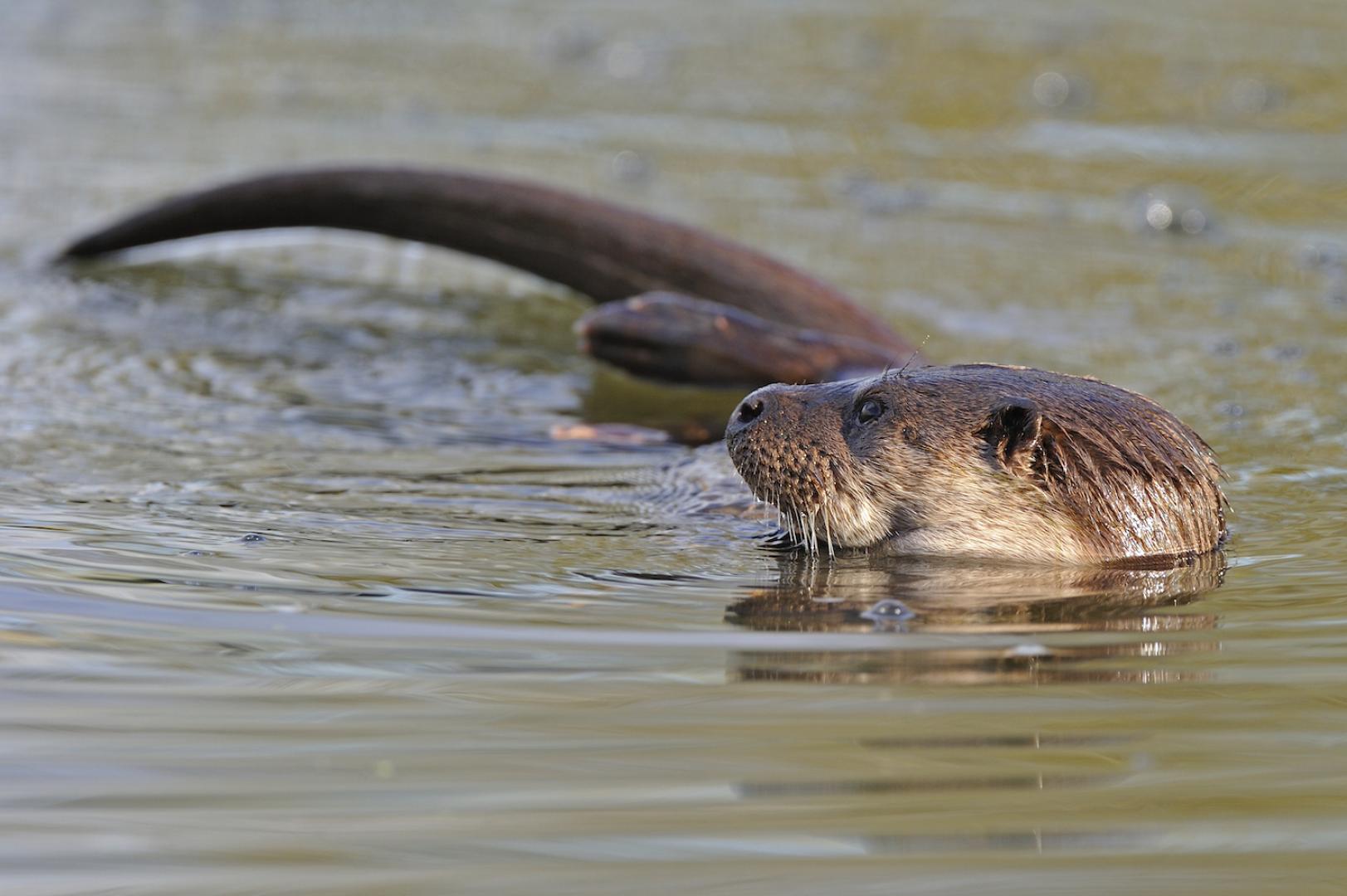Nature Notes with Dave Moore
CONTINUING my optimistic outlook on the state of Britain’s wildlife, otters have now returned to our river systems.
Did you know it took until the late 1970s for the vile sport of otter hunting to be banned?
They had been persecuted for their fur and to protect river stocks and they were also affected by the heavy use of the pesticide dieldrin which ran off crops and into river systems.
Another reason for persecution was sport. How could hunters with dogs kill a beautiful animal and call it sport?
With the banning of pesticides and hunting, their populations have recovered. The Tees has a healthy number now and people can observe them on the river running through Barney – and long may it last.
The population of red squirrels ranges between 120,000 and 150,000 in England. There are small numbers on the Isle of Wight and Brownson Island where there are no greys.
However, the strongest number of reds is in Scotland along with some in the large pine forests of the Lake District and Northumberland.
In recent years they have been reported outside these core areas, so it looks as though their numbers are increasing, which is great news. Unfortunately, grey squirrels are prone to squirrel pox that is passed on to the reds.
Meanwhile, pine martens are now being reported in areas of the UK outside Scotland, where numbers are increasing.
They are being reported on a regular basis in new territories in the north of England. Pine martens are good climbers but spend a lot of time at ground level searching for prey, among which are grey squirrels.
Reds, spending more of their time in the woodland canopy, are less likely to be taken by pine martens.
Game, such as pheasants and grouse, can only be shot during certain times of the year – but why are hares not included?
They can be shot during pregnancy or while suckling their young, leaving them to starve – this is crazy.
At least in Scotland, they have introduced a close season. I only hope the same will apply to the whole of the UK during their breeding season.
In my opinion, the shooting of hares should be banned completely. There is nothing better than observing hares boxing in the spring, a real wildlife experience.
Their populations can only increase if a law is passed.
If we can eradicate the menace of that alien, the mink, by intensive hunting, water voles will have a chance to re-establish the size of populations they once boasted before mink were released into the countryside to create havoc among native wildlife by animal welfare groups.
I do believe that “Ratty” numbers are slowly recovering to once again be observed on our slow moving waterways. Maybe I’m being over-optimistic, but getting shot of the mink can only help.
So as far as I am concerned there is optimism as far as our wildlife is concerned. It just goes to show that with a little help, what was a pessimistic outlook can be turned around.
Just look at the otters thriving on our waterways.
Dave Moore is a wildlife enthusiast from Hutton Magna




